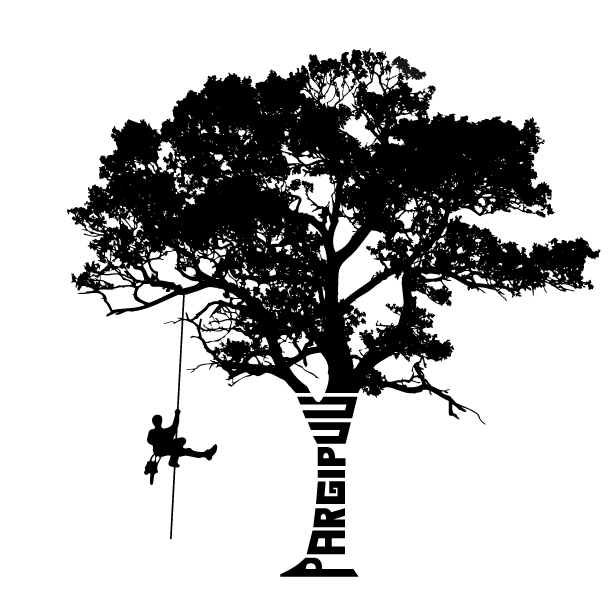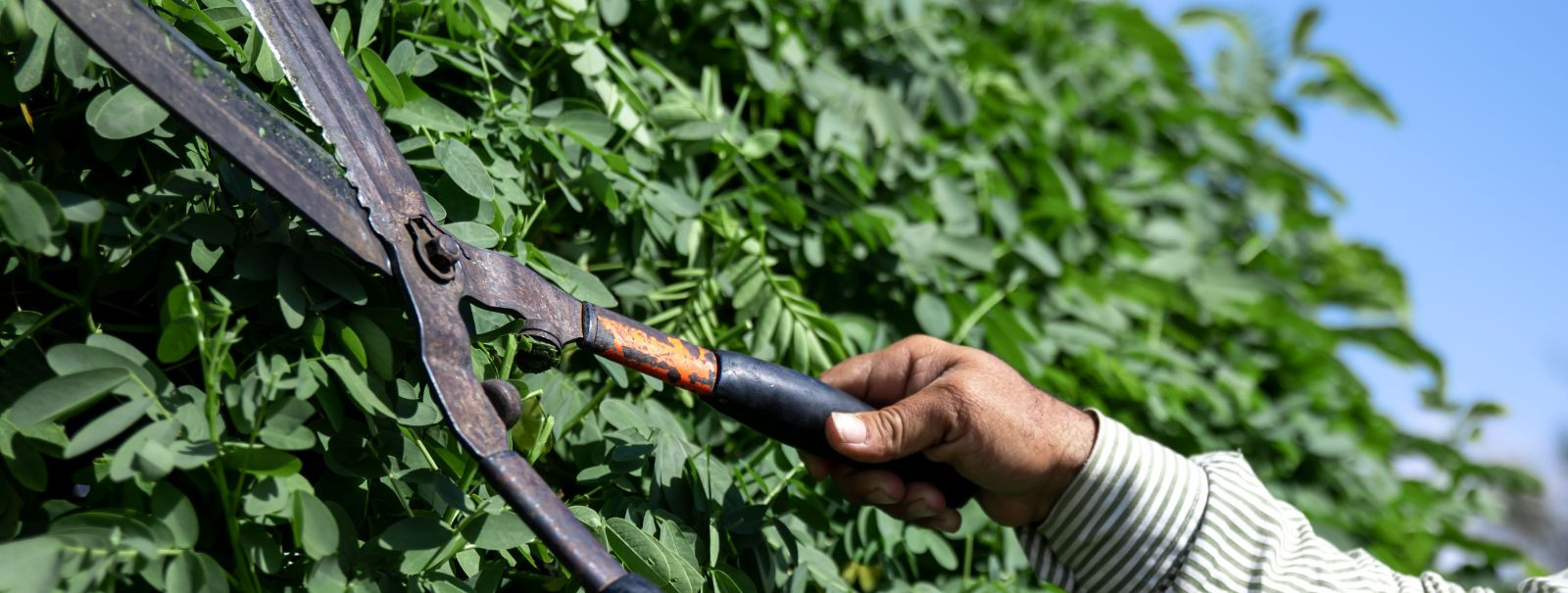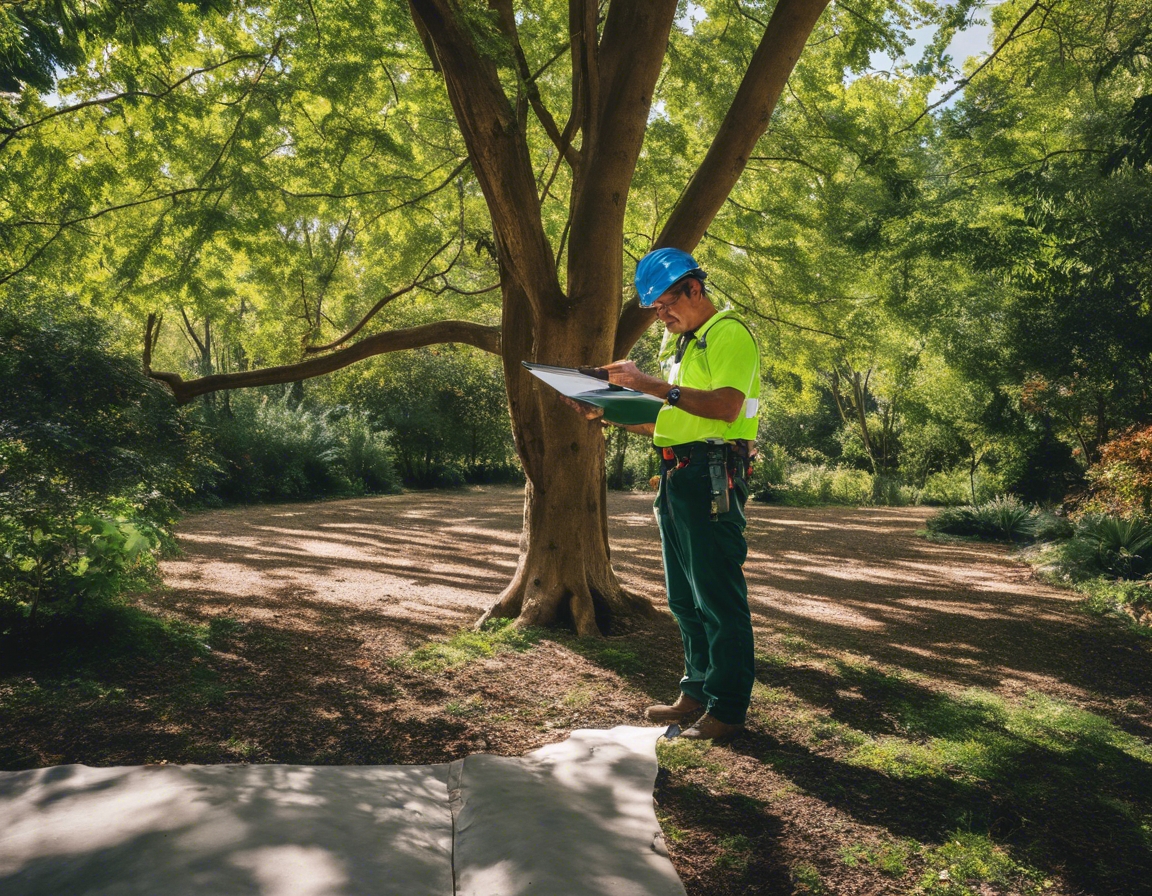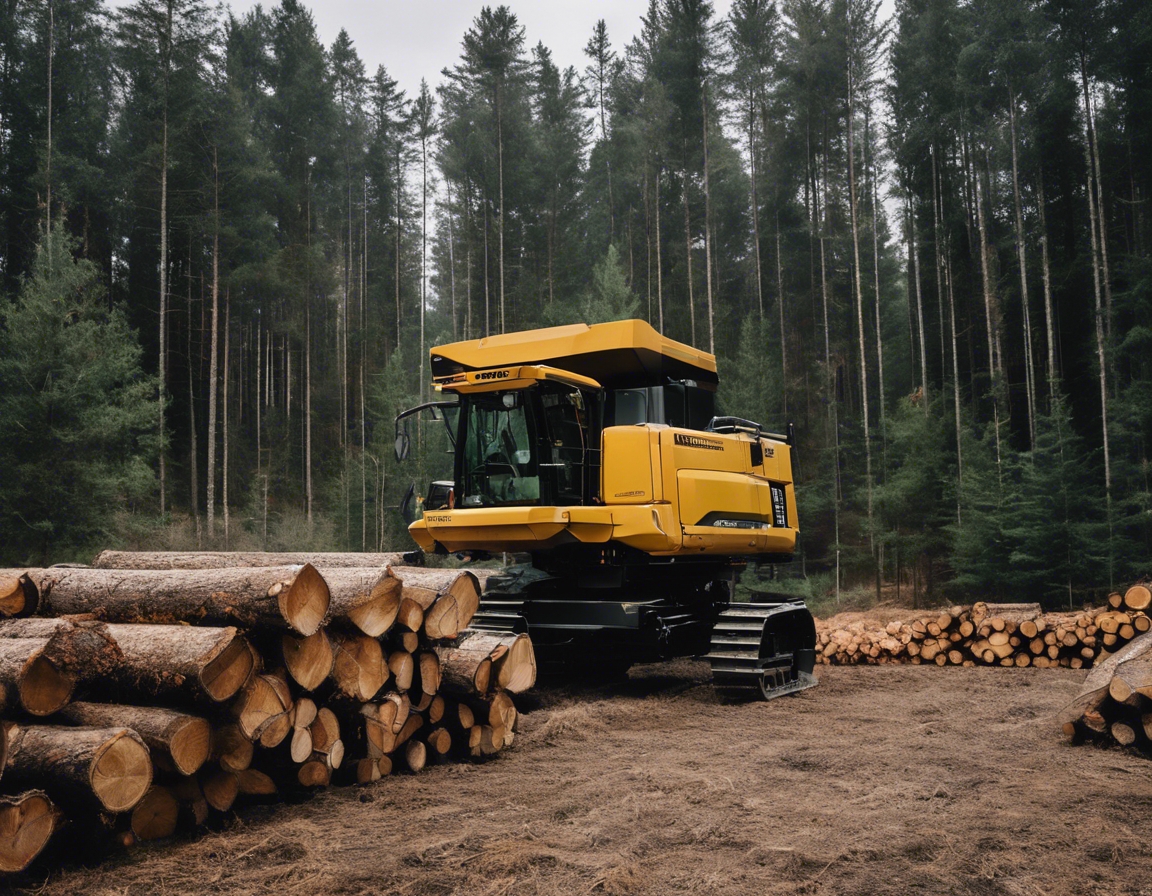The art of pruning: when and how to trim your hedges
Pruning is not just a gardening chore; it's an art that balances aesthetics with the health and safety of your hedges. Proper pruning encourages strong growth, increases flower and fruit production, and removes dead or diseased limbs, ensuring a well-maintained and safe landscape.
Regular hedge maintenance keeps your landscape looking manicured, prevents disease spread, and can enhance property value. It also ensures that hedges do not obstruct public pathways or sightlines, aligning with municipal regulations.
Understanding the Best Time to Prune
While specific pruning times can vary based on plant species and local climate, a general rule is to prune during the dormant season or just before the growth period in spring. For flowering hedges, timing should be adjusted to avoid cutting off buds.
Spring is ideal for trimming most hedges, but summer pruning is beneficial for certain species. Deciduous hedges are best pruned in late winter, while evergreens may be pruned in early spring or summer.
Tools and Equipment for Effective Pruning
Quality shears, loppers, and hedge trimmers are essential for clean cuts. Hand shears are perfect for small hedges, while powered trimmers work well for larger hedges. Always ensure tools are sharp and clean to prevent disease transmission.
Protective gloves, safety glasses, and sturdy footwear are necessary to ensure safety during pruning tasks.
Pruning Techniques for Healthy Hedges
Start by removing dead or diseased branches, followed by thinning out overgrown areas to allow light and air to penetrate the hedge. Make cuts at a slight angle to promote water runoff and prevent disease.
For formal hedges, precise straight lines are achieved through careful measuring and the use of guidelines. Informal hedges benefit from selective pruning to maintain a natural shape. Rejuvenation pruning may be necessary for older hedges that have become woody and sparse.
Common Pruning Mistakes to Avoid
Removing too much foliage at once can stress the hedge and lead to poor growth or disease. Aim to prune no more than one-third of the hedge in a single season.
Pruning at the wrong time of year can result in fewer flowers or frost damage. Avoid using dull tools that can crush branches and leave jagged cuts that are vulnerable to disease.
Professional Pruning Services
Complex landscapes, large hedges, or uncertain about the correct pruning approach? It's time to call in the professionals. Expert arborists can assess and execute the necessary pruning to ensure the health and beauty of your hedges.
With PARGIPUU OÜ, you gain access to experienced arborists who understand the unique climate and species in Estonia. Our team ensures that your hedges are pruned to perfection, adhering to the highest standards of safety and aesthetics.






Comments (0)